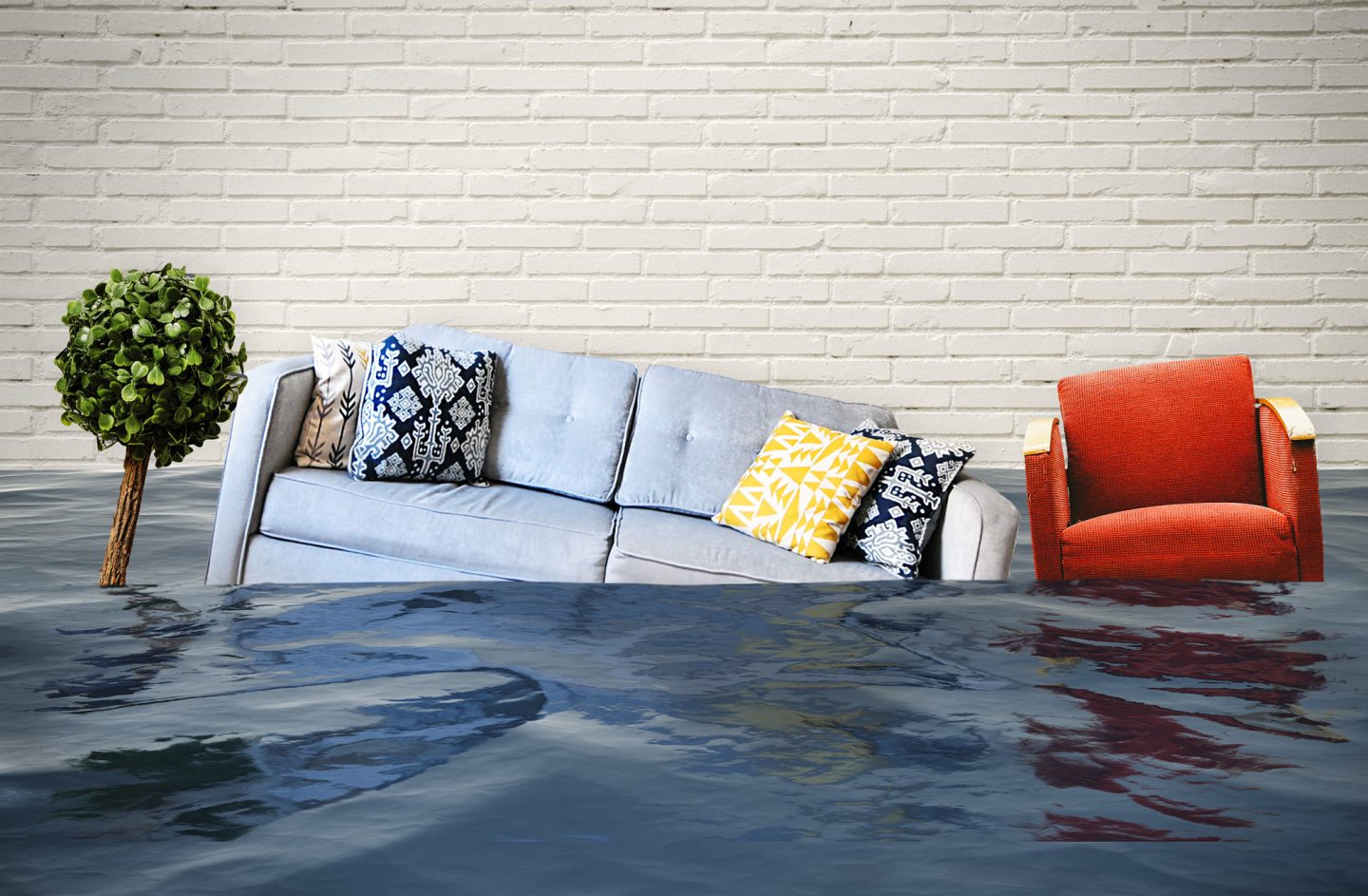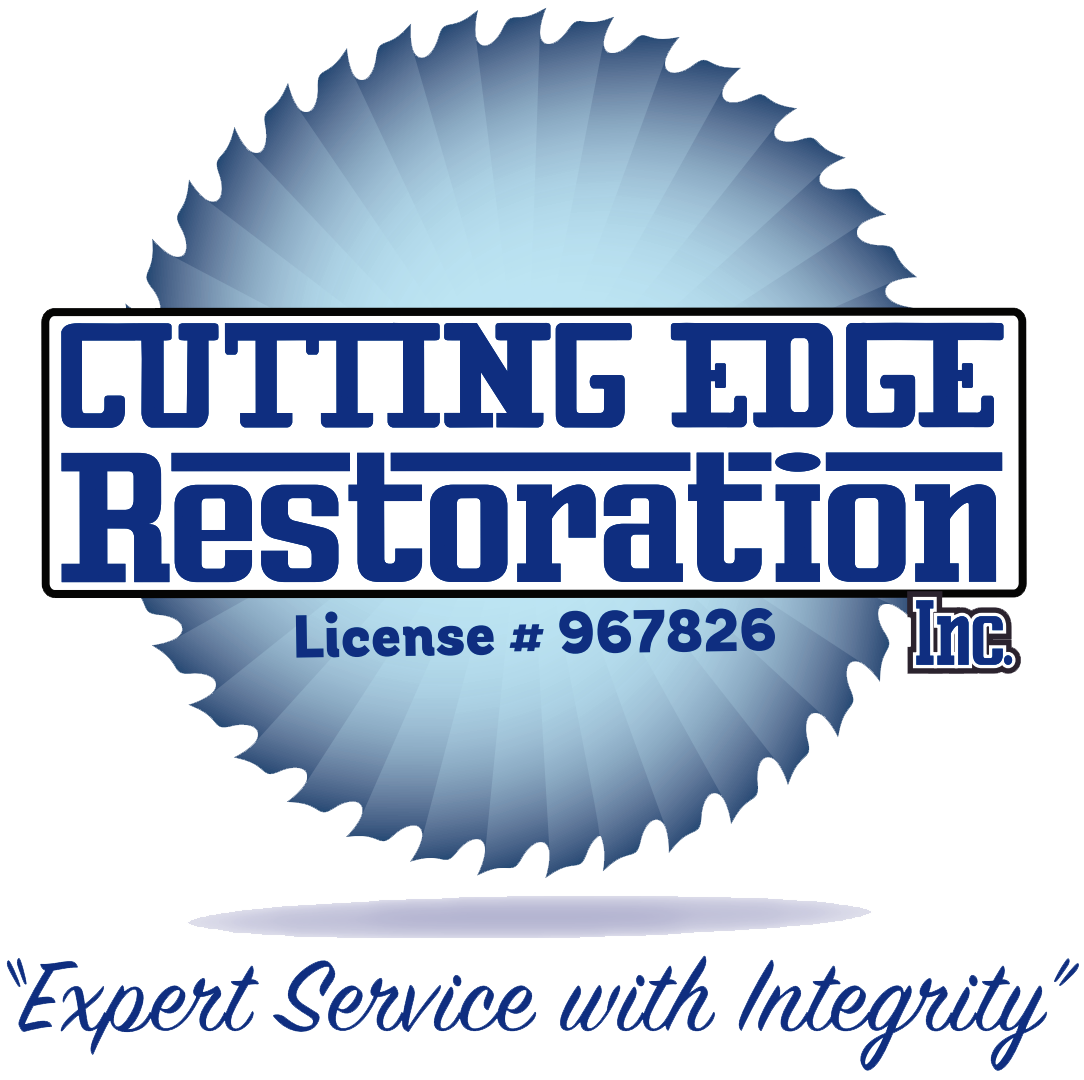
Water damage can be caused by anything from harsh weather to old appliances. Whatever the cause, it’s frustrating and unsightly. If your home has water damage, it’s important to have it repaired to prevent dangerous mold growth.
Are you looking for tips on avoiding the need for expensive water damage repair jobs? We’ve compiled a complete guide on preventing and repairing water damage.
1. Find the Root Cause
The most important thing to do after you’re spotted signs of water damage is to address the root cause of the issue. Repairing the signs of damage without tackling the source can cost you thousands of dollars.
Common causes of water damage include:
- Faulty appliances
- Leaks in the roof
- Broken pipes
- Exposed water supply lines
- Clogged gutters
- Clogged drains
- Washing machine or dishwasher water supply leaks
- Condensation or leaks from HVAC machines
Finding the cause of water damage prevents further damage and ensures you don’t waste money on unnecessary repairs.
2. Repair and Replace Damaged Items
Once you’ve identified the problem, it’s time to replace faulty equipment and call in the professionals to control the damage and make any necessary repairs.
Hire water damage professionals to help you take control of the affected area and start restoring your home. If there is an active leak, shut off your water supply before they remove the excess water and begin repairs.
You can replace damaged drywall, insulation, flooring, or roofing, while plumbing professionals can repair broken pipes, fix small leaks, and improve drainage around your home.
3. Install Monitoring Tech
It can be helpful to install water monitoring technology to prevent future water damage. These preventative measures alert you to future problems and can shut off the water supply before too much damage occurs.
Leak Detectors
Leak detectors are electronic devices that alert you of floods or water leaks. This helps you to prevent standing water that can cause mold growth.
Water-flow Monitoring Systems
A water-flow monitoring system measures the water flow from the main water supply line to your home. If the device notices an inconsistency between the water supply and the water you’re using, it will shut off the water flow to prevent large leaks.
Pressure Gauges
When your water pressure is too high, it can overwhelm and burst your pipes. A pressure gauge monitors your water pressure and protects you from needing emergency water services.
4. Check Appliances and Plumbing Fixtures Regularly
Most insurance policies won’t cover water damage caused by a lack of maintenance. It’s important to check your appliances regularly to make sure they’re functioning as intended!
Look for any small leaks from your heating or AC units, refrigerator, dishwasher, and washing machine.
5. Prioritize Regular Maintenance
Damage caused by harsh weather is often unavoidable, but most other types of water damage can easily be avoided with regular inspections and maintenance. Prioritize plumbing inspections once every 1-2 years and roofing inspections at least once a year and after major storms.
Cutting Edge Restoration: For All Your Water Damage Repair Needs
By now, you should know how to prevent water damage and manage it when the inevitable happens. By hiring professionals, you get peace of mind knowing they’ll complete the job thoroughly and with meticulous care.
Water damage is frustrating, no matter the cause. If your home has water damage, call one of our restoration experts today to restore and rehabilitate your home. Cutting Edge Restoration has over 20 years of experience with water damage restoration and mitigation. Whatever your problem, we have the know-how and equipment to get the job done.
Contact us today at (877) 875-1235 or send an email to clientcare@cuttingedgerestorationinc.com for a free moisture inspection and to schedule water damage repair.
